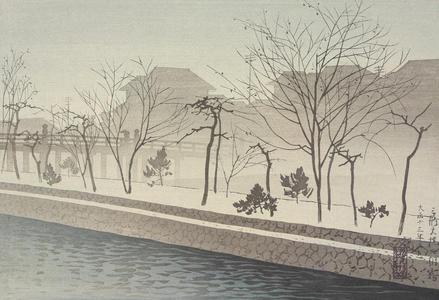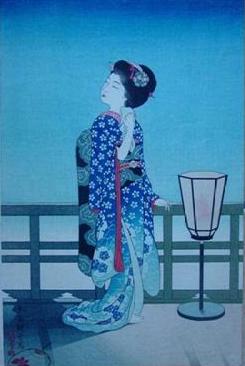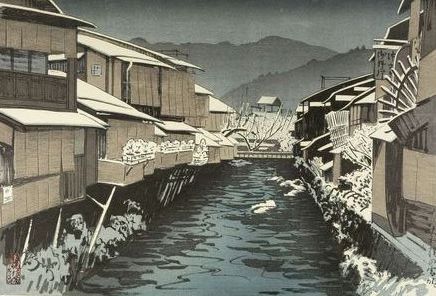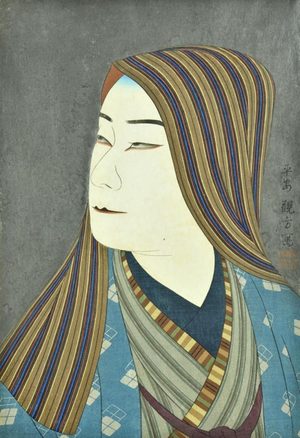Japan art and Yoshikawa Kanpō: Taisho art
Lee Jay Walker
Modern Tokyo Times

The Japanese artist Yoshikawa Kanpō (1894-1979) was blessed with many skills. Hence, apart from painting for people on commission in the post-Taisho Period (1912-1926) – and other angles of art outside making prints – Kanpō focused on writing and other areas of life.
Kyoto had a special place in his heart throughout Kanpō’s life. Indeed, in the art field of shin hanga (new prints), he was one of the first to focus on shin hanga concerning kabuki in Kyoto. However, by the end of the Taisho Period, Kanpō no longer produced future prints.

The British Museum says, “Also often known as Kenjiro, Kanpo was born in Kyoto, where he lived all his life. He studied native-style painting at the Kyoto City Specialist School of Painting from 1914 to 1918 (1914-20 according to Stephens) and later with Takeuchi Seiho (1864-1944). As a young man he was deeply interested in ‘Ukiyo-e’ prints and the Kabuki theatre, and began to design small printed actor portraits about 1916, moving on to larger subjects with mica grounds in 1918.”

His most famous books include the History of Japanese Folk Customs and the History of Changes in Sash Design. Kanpō – despite the trauma of the war period – remained entrenched in the world of high culture.

The art in this article was created during the late Taisho Period. Amazing to think that the prints of 1922-1924 would soon be his last.

Modern Tokyo News is part of the Modern Tokyo Times group
http://moderntokyotimes.com Modern Tokyo Times – International News and Japan News
http://sawakoart.com – Sawako Utsumi’s website and Modern Tokyo Times artist
https://moderntokyonews.com Modern Tokyo News – Tokyo News and International News
PLEASE JOIN ON TWITTER
https://twitter.com/MTT_News Modern Tokyo Times
PLEASE JOIN ON FACEBOOK